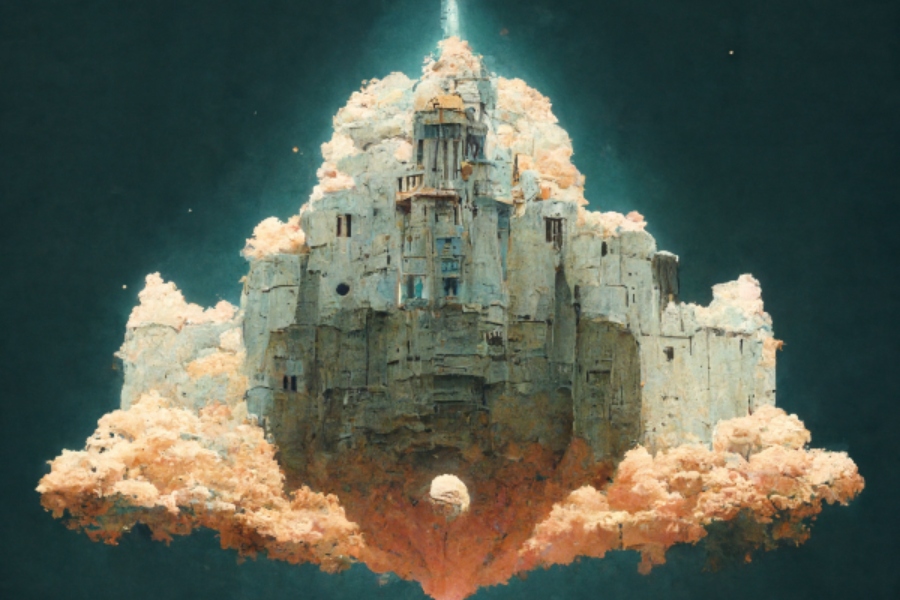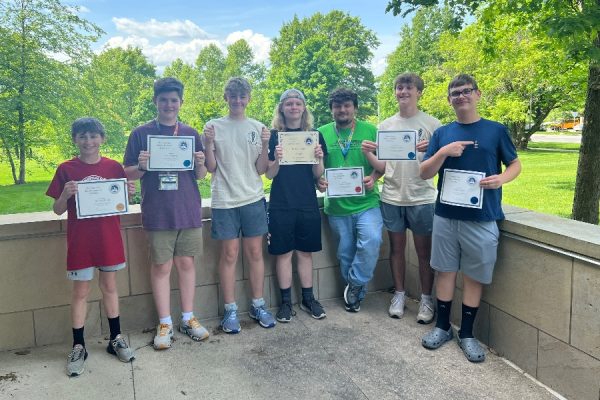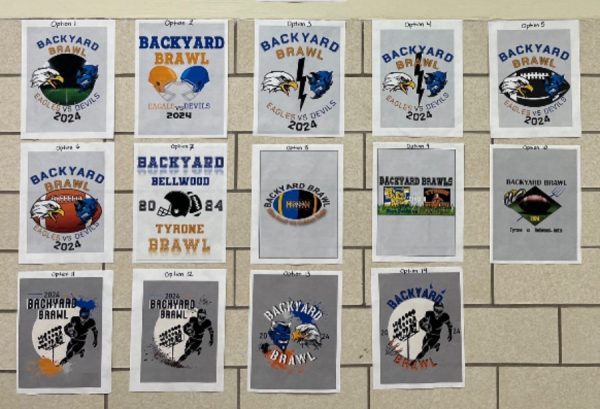How will AI affect the arts?
AI art can be incredibly close to what one would expect from a human artist.
The image above wasn’t made by a distinguished artist who’s dedicated their whole life to art. In fact, it wasn’t even made by a human. This image was produced by Midjourney, an AI tool that uses word prompts to produce images. But how does this work?
AI generation has taken the world by storm with tools like ChatGPT, which has been used by students to produce human-like essays. Tools like DALL-E and DeepDream have been also used to produce images that look almost human made.
Midjourney uses complex data bases of images and mathematical algorithms to produce high quality art and human like brush strokes in a matter of minutes. The tool can also interpret different artist styles. For example, it can create a mosaic art piece in the style of Leonardo da Vinci, like the one above.
The only way to currently access Midjourney is through their Discord server, a online platform used to communicate with people through chat rooms. Inside the server, users can use commands like “/imagine” and the bot will produce a image using the users prompt.
Midjourney has made great strides in the AI technology field and continues to impress people. However, not everyone is too excited for this new wave of technology.
Certain individuals have been using these technologies to replicate different artist styles. This has brought up a lot of controversy among artist who are getting their art stolen.
This has led artist to attempt to copywrite any art that has been produced through AI, however, this hasn’t gone exactly as planned. Copywrite laws have stated that their has to be “human” authorship of a piece of art. Meaning that the art piece must be made by a human.
There has also been controversy over whether or not AI can be judged the same as human-made art. Last summer, a man won first place at the Colorado State fine arts competition, sparking outrage over whether such creations can be judged in human competitions.













Mr. Barr • Apr 26, 2023 at 10:59 am
I personally find a lot of AI generated art to be mesmerizing and fascinating; however, it obviously should not be permitted in art competitions. Check out AI generated art that complements popular rock songs on YouTube!